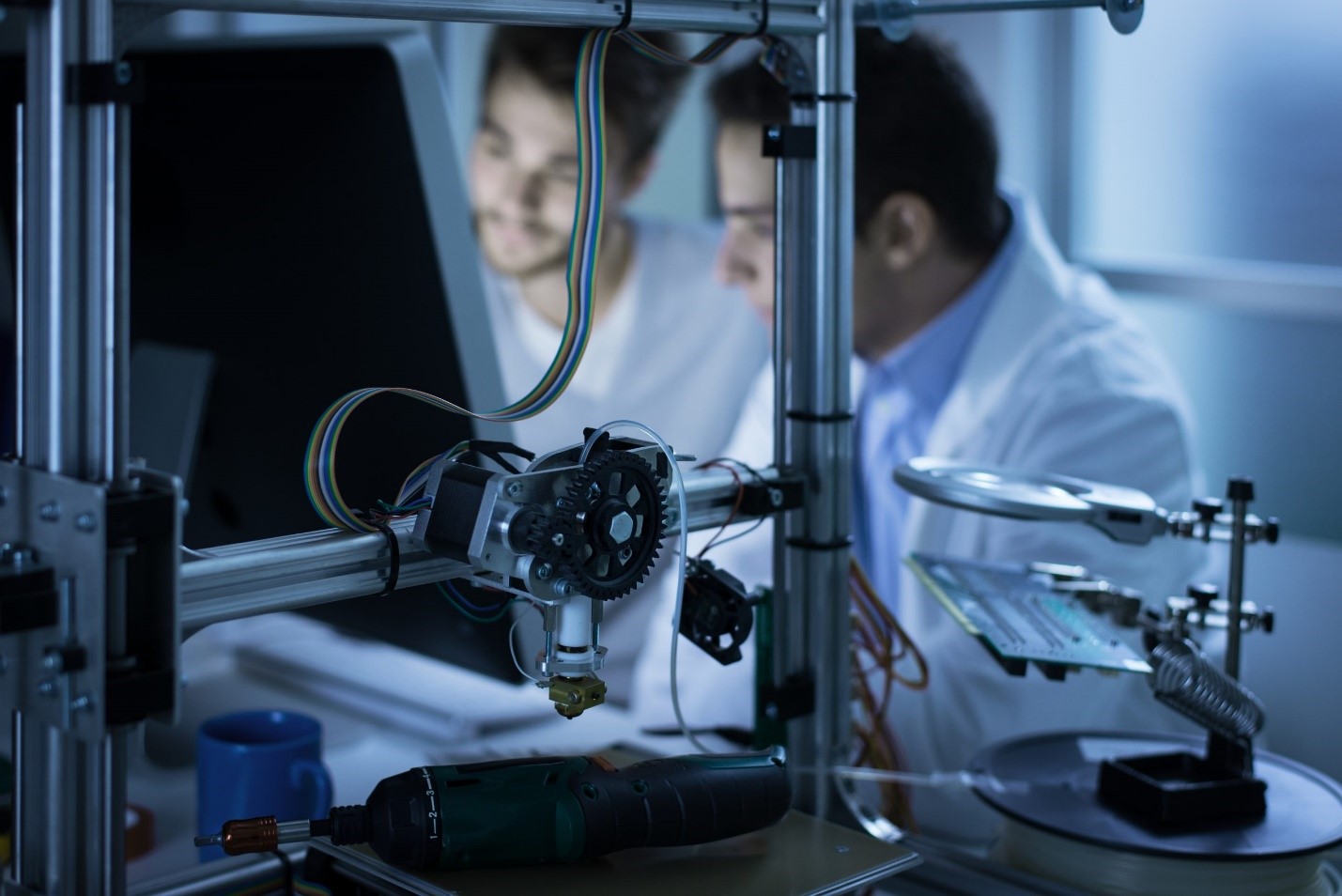During the prototyping stage of product development, concepts are turned into tangible solutions. Effective iteration can make the difference between costly setbacks and market success, whether you're creating breakthrough moulding solutions or consumer electronics in China. This blog examines five crucial tactics to streamline your prototyping procedure and improve outcomes with every iteration.

Start with Clear Iteration Goals
Prior to beginning each iteration of the prototype, set clear goals and success criteria. Like precision moulding in China, your iteration goals should be clear and quantifiable. Determine precisely the features you're testing, such as ergonomics, durability, or user interface components, if you're working on a consumer product. Make a framework for an organised assessment that consists of:
● Primary objectives for the current iteration
● Specific metrics to measure success
● Critical features to test or validate
● Time and resource constraints
● Expected outcomes and acceptable variations
Embrace Rapid Prototyping Technologies
With manufacturing giants like China setting the standard for quick prototyping technology, modern prototyping has experienced enormous transformation. Leverage these advantages by utilising 3D printing for quick form-factor testing, implementing virtual prototyping for early-stage validation, combining multiple prototyping methods for comprehensive testing, using modular components to test different configurations, and maintaining parallel development tracks for critical features.
Establish a Systematic Feedback Loop
Establish a reliable strategy for gathering, evaluating, and implementing feedback. Your feedback system should:
● Include input from all relevant stakeholders
● Document both qualitative and quantitative data
● Track changes between iterations
● Prioritise feedback based on project objectives
● Maintain a centralised feedback repository
● Create actionable insights from collected data
Balance Speed and Quality
While rapid iteration is important, maintain a balance between speed and quality.
● Set realistic timelines for each iteration phase
● Identify critical vs. non-critical features for testing
● Implement quality checkpoints throughout the process
● Use automated testing where applicable
● Maintain documentation of quality standards
● Establish go/no-go criteria for each iteration
Practise Smart Resource Allocation
A successful iteration depends on effective resource management. Put these tactics into practice:
● Prioritise features according to development effort and market impact.
● Set aside specific resources for important stages of growth.
● Keep resource pools adaptable to unforeseen difficulties.
● Make backup plans in case of resource shortages.
● Monitor resource usage throughout iterations and adjust resource allocation in response to iteration input.
To sum up
Keep in mind that rapid learning and adaptation are key components of successful prototyping in China. Every iteration should validate your assumptions, reveal possible problems early in the development process, and move you closer to your final product goals. You may shorten time-to-market and greatly enhance the results of your product development by adhering to these rules and keeping an organised approach to iteration.
Above all, maintain team alignment throughout the process by communicating clearly and documenting everything. This guarantees that the knowledge gained from every iteration is accurately recorded and utilised in subsequent development cycles, establishing a loop of continuous improvement, and improving your overall capacity for product development.
















